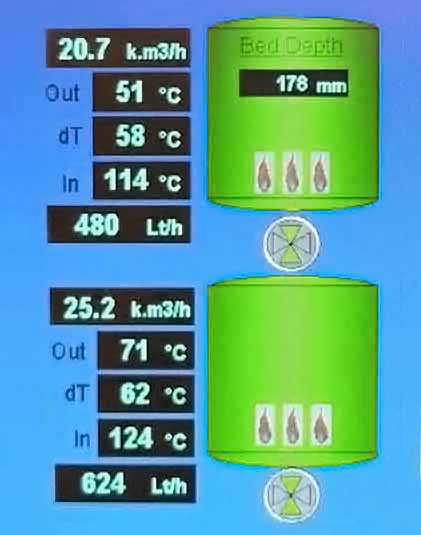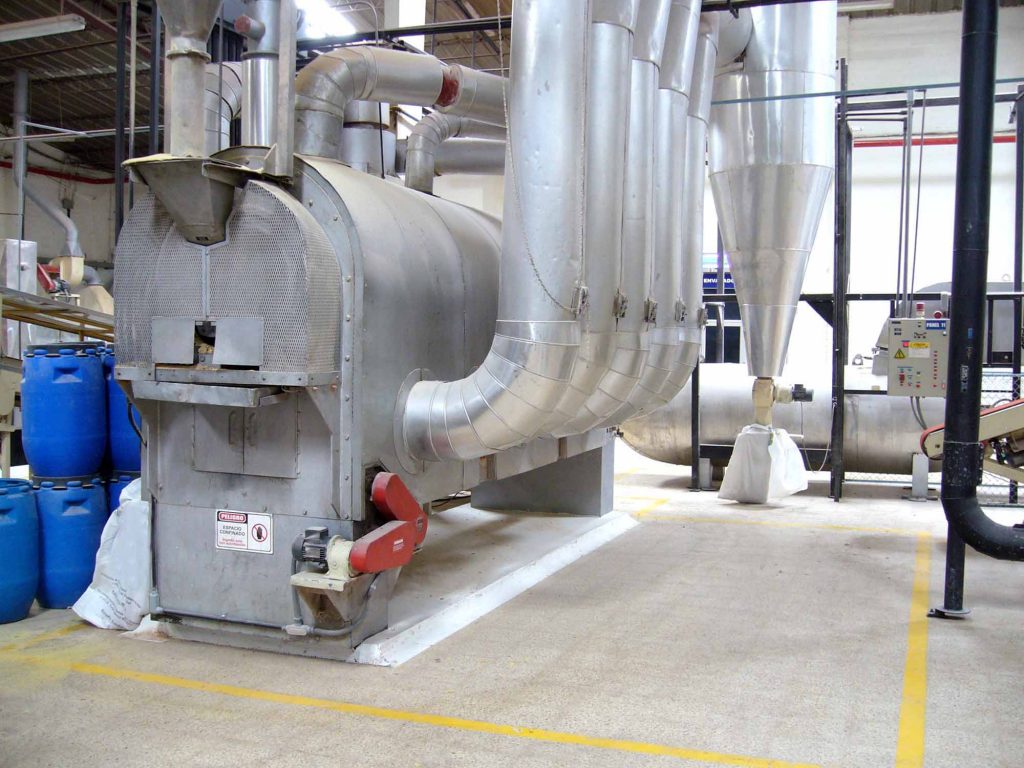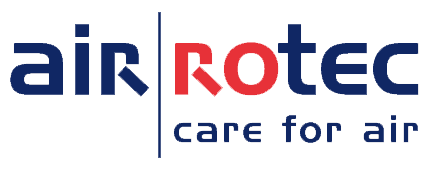Product drying processes occur in a wide range of industries. Drying is a production step that goes hand in hand with large amounts of energy, which means that even small adjustments can make significant improvements. As a rule, process optimisation causes less exhaust air, which helps to meet environmental requirements. This also helps to reduce the costs of odour reduction.
AirRotec has many years of experience in designing and optimising drying processes.
Drying processes | Common problems and possible solutions

Common challenges with drying processes:
- The drying capacity is too small
- There is insufficient moisture uniformity
- Lots of lumps (or dust) form in the end product
- Changeover times are too long
- The product has a critical shelf life
- Insufficient drying efficiency
- Automatic moisture control is desirable
- On the lookout for a new, suitable industrial drying system
How can you optimise the drying process? A number of ideas:
- To use less drying energy, reduce the volume of water to be evaporated by adding less water at the beginning of the process. Or maintain a higher moisture content in the end product.
- Adjust the inflow and outflow temperature, the dry air volume, and the air and product distribution together with the retention times.
- Moisture uniformity and product temperature determine shelf life, so don’t just check the end product regularly for moisture and temperature but also for uniformity.
- If you want to master moisture control, automation is often key.
AirRotec is able to offer help with all these and other questions about drying processes.

